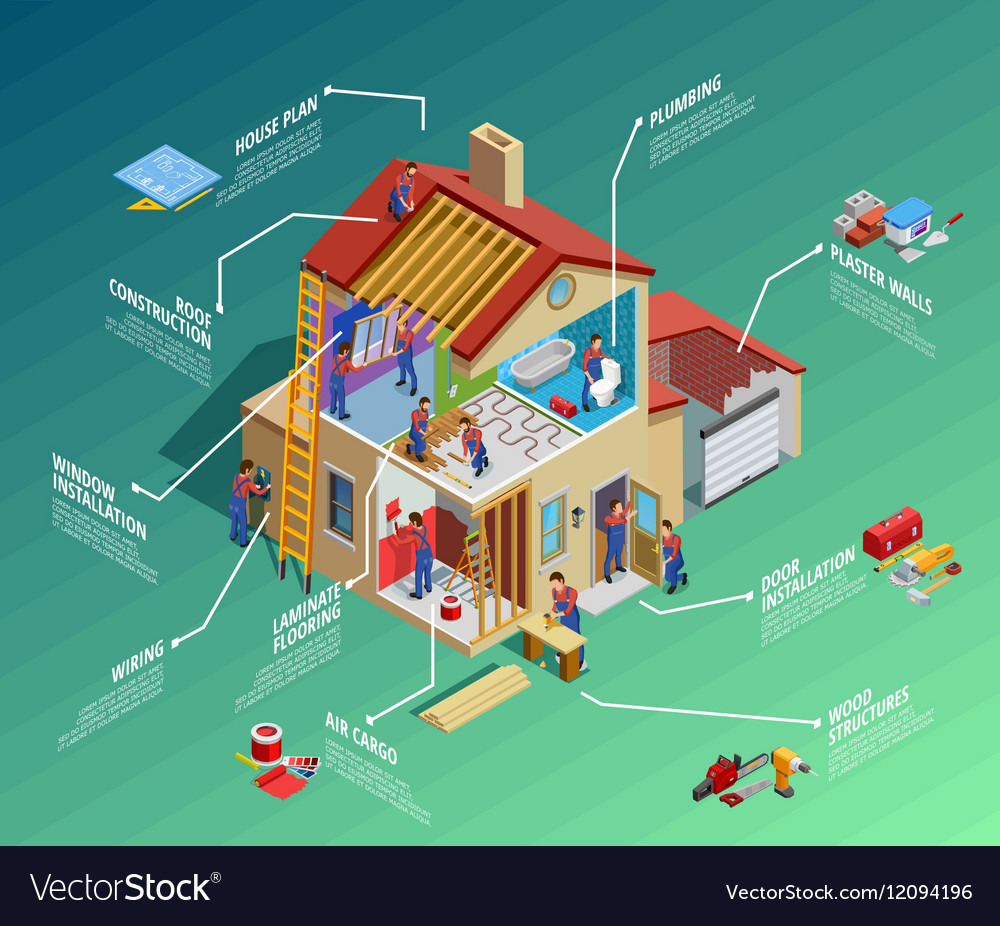Just How To Budget For Your Flooring Project: A Practical Guide
Just How To Budget For Your Flooring Project: A Practical Guide
Blog Article
Short Article By-McGrath Carlson
When you're planning a flooring task, budgeting isn't just about selecting a number; it's about understanding what you truly need and the costs included. You'll intend to evaluate your specific demands, research numerous products, and expect unanticipated expenditures. Consider exactly how factors like area function and installment techniques can affect your spending plan. But prior to you enter, there are some critical details you could ignore that can substantially impact your total prices. Let's explore just how to browse these intricacies and guarantee your task remains on track.
Assessing Your Floor Covering Requirements
Prior to diving into your floor covering project, it's critical to examine your flooring needs. Begin by thinking about the specific locations where you intend to install brand-new flooring. Consider the purpose of each area. As an example, bathroom and kitchens require water-resistant products, while living locations might benefit from convenience and aesthetics.
Next, examine the status quo of your floors. Are there any kind of architectural concerns, such as unequal surface areas or moisture problems? Attending to these problems early on can save you money and time down the line.
Additionally, remember of the dimensions of each space to figure out how much floor covering you'll need.
Do not forget to consider your lifestyle. If you have family pets or young kids, toughness might be your leading priority, while a much more official space may require an extravagant coating. In addition, think of your design choices. Do you like a timeless appearance, or are you drawn to modern-day styles?
Finally, be realistic regarding just how much maintenance you want to dedicate to. Some materials call for more upkeep than others. By recognizing your demands plainly, you'll be much better geared up to make educated choices as you move on with your floor covering project.
Estimating Prices and Products
Approximating prices and materials is a critical action in your flooring job that can dramatically affect your total budget plan. Start by measuring your area precisely to figure out just how much flooring you'll require. For the majority of materials, you'll discover pricing by square foot, so collect quotes from different vendors to get a realistic number.
Next, take into consideration the type of flooring you desire. Choices like wood, laminate, floor tile, or rug all included different price factors. Research study the prices for every and factor in any additional materials like underlayment, sticky, or shift strips.
Do not fail to remember to consist of tools if you're planning a do it yourself installment, as renting or purchasing tools can add to your expenses.
Labor prices are an additional important factor to consider. If you're working with experts, obtain estimates from several specialists to ensure you're obtaining a fair price. Be clear about the scope of job to stay clear of unexpected costs later.
Finally, it's a good idea to reserve a small percentage of your budget for any kind of unexpected prices associated with materials. By thoroughly estimating polished concrete companies near me and materials ahead of time, you'll set yourself up for a smoother and a lot more manageable floor covering task.
Preparation for Hidden Expenses
Lots of house owners overlook the covert expenditures that can emerge during a floor covering project, which can cause budget plan overruns. To avoid this, you need to prepare for possible added prices.
Initially, take into consideration the problem of your existing subfloor. If it's damaged or irregular, you'll likely need fixings or leveling, which can include considerably to your total expense.
Next, think of removal and disposal fees for your old floor covering. Numerous contractors charge extra for this service, so factor that into your budget.
Furthermore, do not ignore the expenses of underlayment, which might not be included in the first quote however are necessary for an effective setup.
You need to also plan for unanticipated issues, such as pipes or electric work if your flooring job involves relocating components. just click the next document 's a good idea to set aside at least 10-15% of your complete budget for these unexpected costs.
Last but not least, bear in mind that licenses might be needed for certain installations. Constantly check neighborhood guidelines to prevent fines or hold-ups.
Final thought
Finally, budgeting for your floor covering job is crucial for a successful end result. By assessing your requirements, estimating costs, and preparation for surprise expenditures, you'll avoid shocks and remain on track. Remember to allot a portion of your allocate unanticipated expenses and maintain a comprehensive failure of your expenses. With mindful preparation and consideration, you'll create an attractive room that fulfills your needs without breaking the bank. Satisfied floor covering!
